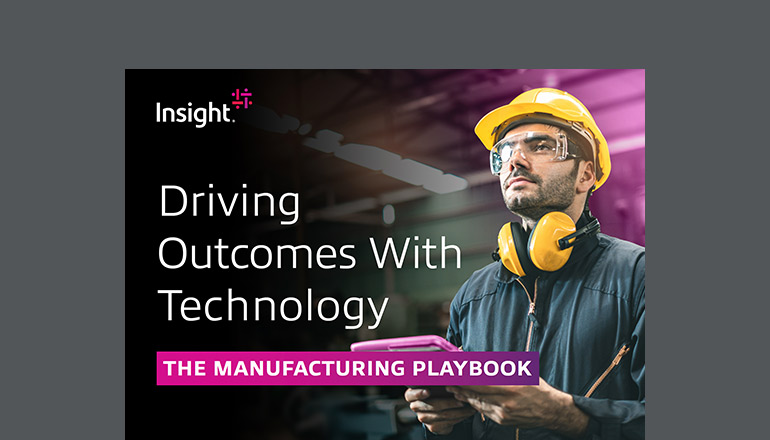Essentially, a blockchain is Distributed Ledger Technology (DLT), a shared, append-only data store replicated by the use of consensus algorithms. Although blockchain seems to be on everybody’s lips, we’re still in the early stages of its adoption.
The rise of blockchain
Despite that, manufacturers need to start exploring blockchain technology now because companies that successfully leverage it will be the trusted partners of the future.
Let me give you another way to think about why blockchain is going to be important: It’s driving us toward trusted information and optimized business processes.
In the early days of IT, we struggled with implementing technology because we had limited information sources. We started with the manual that came out of the box. When that wasn’t enough instruction, we (eventually) called the manufacturer, hoping we’d get an experienced support tech on the phone with enough information to walk us through a solution.
In the early days of IT, we struggled with implementing technology because we had limited information sources. We started with the manual that came out of the box. When that wasn’t enough instruction, we (eventually) called the manufacturer, hoping we’d get an experienced support tech on the phone with enough information to walk us through a solution.
Blockchains bring transparency, security and efficiency to current processes and information sharing, as well as enable new business models and ecosystems.
Flash forward to today, and we have loads of information sources for technology: direct from the manufacturer, the seller and other (usually) well-meaning experts with their own collection of documents, podcasts and internet videos walking us through the diagnosis and repair.
But the overabundance of information means we don’t place a high value on the availability of information. Instead, we value the information “curation,” and we worry about how much we can trust the information source.
Why embrace the blockchain in manufacturing?
Looking ahead to a blockchain-enabled world, those concerns begin to dissipate.
In other words, blockchains will provide us with secure access to valuable, trusted information we can use and rely upon as assets in the way we do business. The end result? Blockchains bring transparency, security and efficiency to current processes and information sharing, as well as enable new business models and ecosystems.
In the manufacturing industry, top uses revolve around the movement and management of digital assets and physical goods. For example:
Information sharing (and management) of digital assets
This can mean contracts, product manuals, supplier quality and compliance documentation, or product designs. The participants in this type of a blockchain can access the latest, most accurate digital record, whether it’s the most current product manual or confirmation of a company’s authorization to produce goods under defined conditions (including additive manufacturing or 3D printing).
Asset or inventory tracking and provenance
Although we often look at this as being about the original source of a good and the process of moving goods, benefits carry over into greater supply chain visibility and access to the information that enables companies to better manage supply chain risk. Keep in mind you’re not really tracking the item; you’re tracking the information it produces, such as location, temperature, owner and others that create the digital asset associated with the physical product.
Don’t just take our word for the rise of blockchain. IDC forecasts worldwide blockchain spending to grow from $1.5 billion in 2018 to $11.7 billion in 2022.1
So how do you decide where to explore blockchain? Here are three questions I recommend asking IT leaders in the manufacturing industry:
1. Are you using or creating digital assets?
Digital assets could be transactions, contracts, records, design files, material safety data sheets, product manuals, maybe even digital twins or sensor data.
2. Do multiple parties contribute to or modify the digital asset?
A blockchain could be the means of maintaining and securing the digital documentation of a product throughout its lifecycle, from “as designed” to “as built” to “as serviced” for the value chain or ecosystem.
3. Are you trying to remove intermediaries or brokers?
Today, those intermediaries control and manage a trusted, single source of truth, but they also add cost. A blockchain could provide the “truth” without the cost of the intermediary.
At Insight, our Digital Innovation team is already working on blockchain in manufacturing. If you’re interested in doing more than just learning about blockchain, ask us how we’re moving beyond the hype to create business value.
What’s next: The Internet of Things (IoT) is another area of emerging tech with tremendous implications for how manufacturers can track and monitor all of the moving parts in production. Learn more in this article, The Industrial IoT: Why Building Your Smart Factory Can’t Wait.





